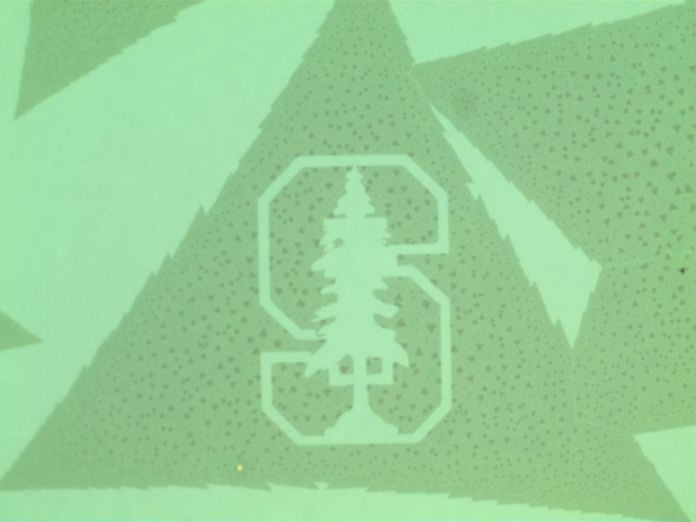Until now, silicon is said to be a backbone of electronics. But, silicon transistors or silicon based tiny electronic chip reach the limit of miniaturization. So, various scientists from worldwide discovering new materials that could serve as the foundation of even tinier devices. Previously, scientists even discover atomically thin materials could serve as the basis of electronic devices. For example, Graphene sheets. But, graphene cannot easily use in transistors as it is not a semiconductor.
Therefore, instead of graphene, some researchers are exploring molybdenite, or molybdenum disulfide (MoS2), for use in advanced electronics. Molybdenum disulfide is a semiconductor, and it can be switched on and off significantly better than graphene and somewhat better than silicon.
So, scientists from the Stanford University have developed a tiny electronic chip made of molybdenum disulfide that is just 3 atoms thick. This new tiny electronic chip has the potential that it can produce advanced circuits that are powerful, flexible and transparent. A single-molecule layer of molybdenum disulfide is only six-tenths of a nanometer thick. In contrast, the active layer of a silicon microchip is up to about 100 nanometers thick.
Lead author Kirby Smithe said, “What if your window was also a television, or you could have a heads-up display on the windshield of your car?”
According to scientists, this is a new strategy to produce mass molybdenum disulfide chips. To create this tiny electronic chip, scientists used a small amount of molybdenum and sulfur. They then used the resulting vapor to form molecule-thin layers of molybdenum disulfide on a variety of surfaces, such as glass or silicon.
Senior author Eric Pop said, “We went through a lot of painstaking trial and error to find the right combination of temperature and pressure to help grow these layers in a repeatable manner.”
Through this technique, scientists have created single-molecule-thick molybdenum disulfide chips. These chips are measuring about 0.06 inches (1.5 millimeters) wide. Each chip is about 25 million times wider than they are thick.
In addition, researchers also carved a nanoscale image of the Stanford University tree on this tiny electronic chip.
Now, scientists are focusing on new ways to make these films uniform across their entirety, and on building actual circuits from them.
RELATED:
- Device to Control Electron’s Color in Graphene
- Engineers Develop a New Biosensor Chip for Detecting DNA Mutations
